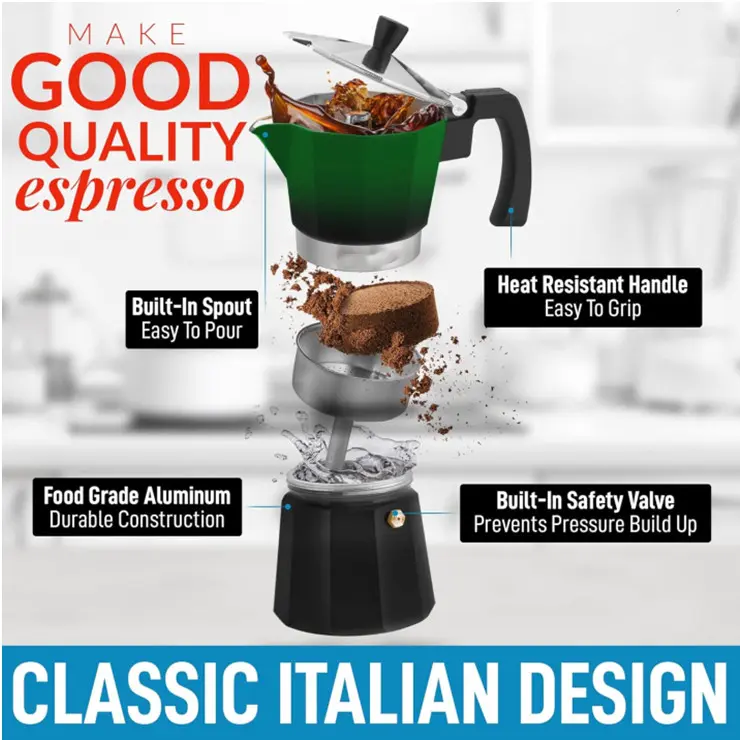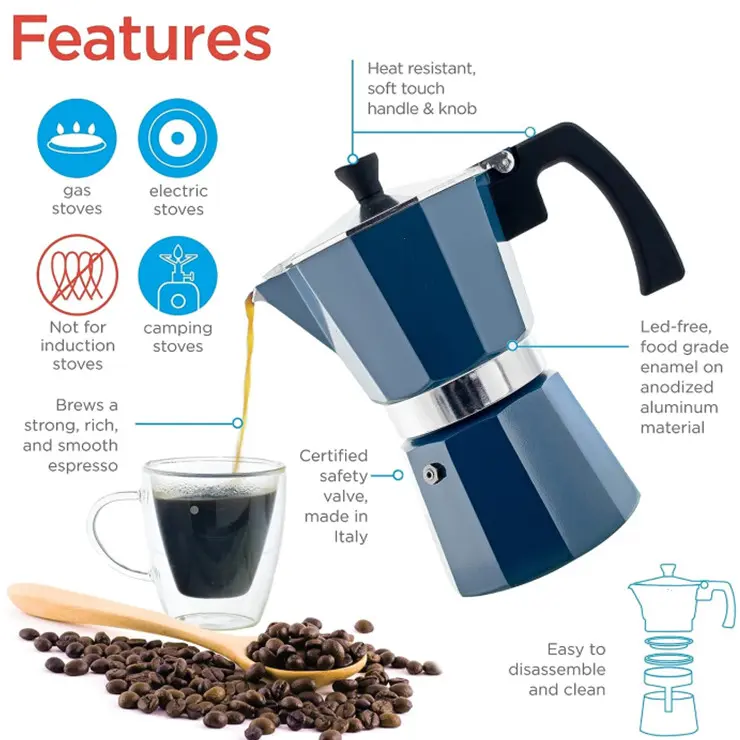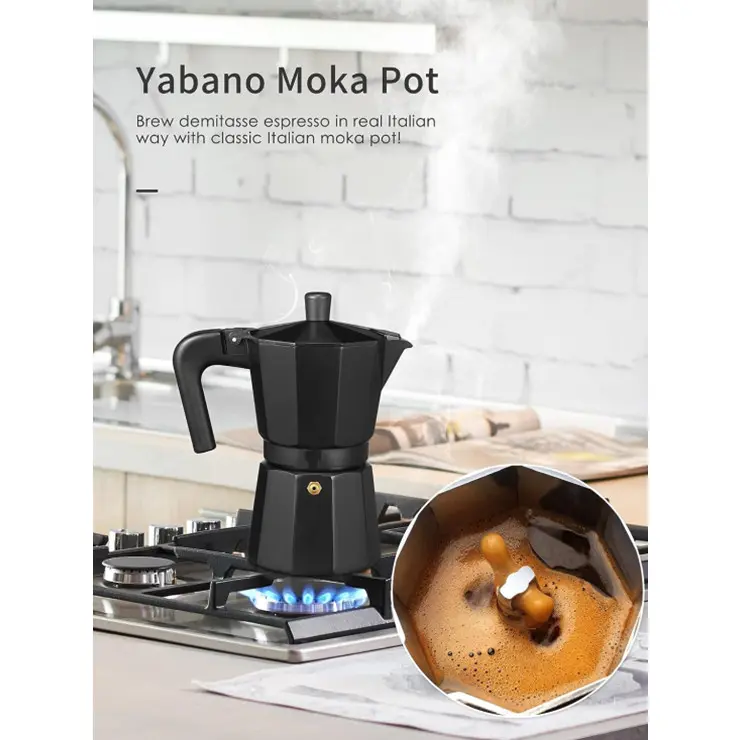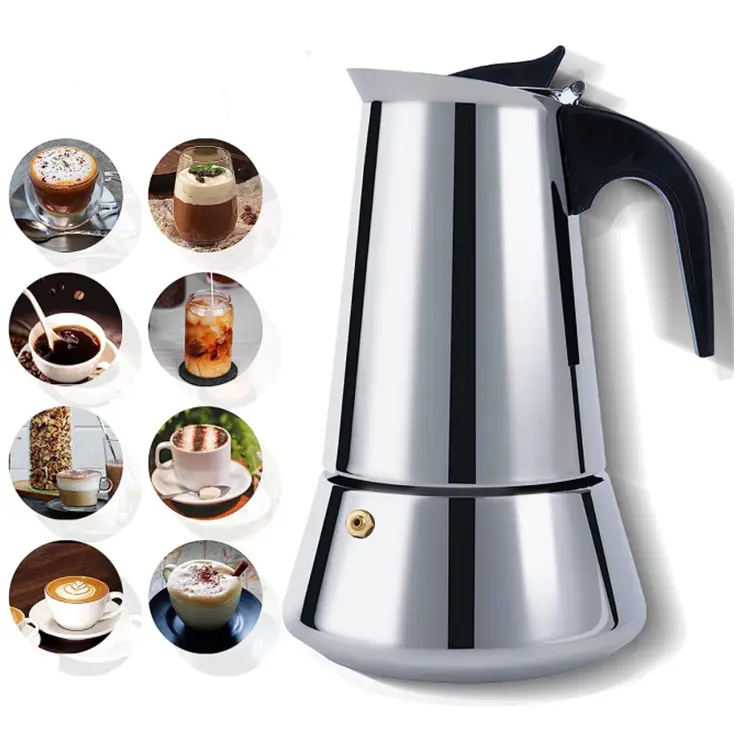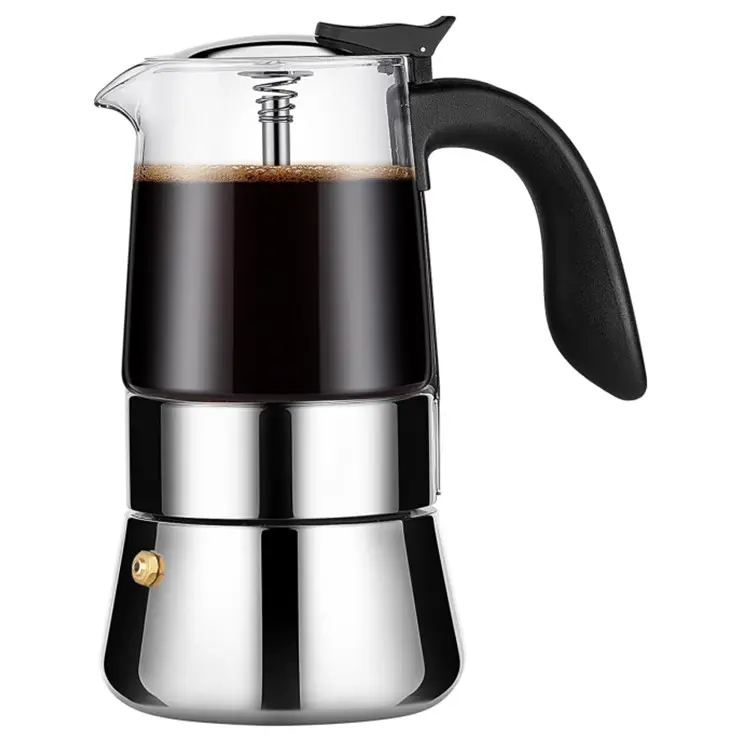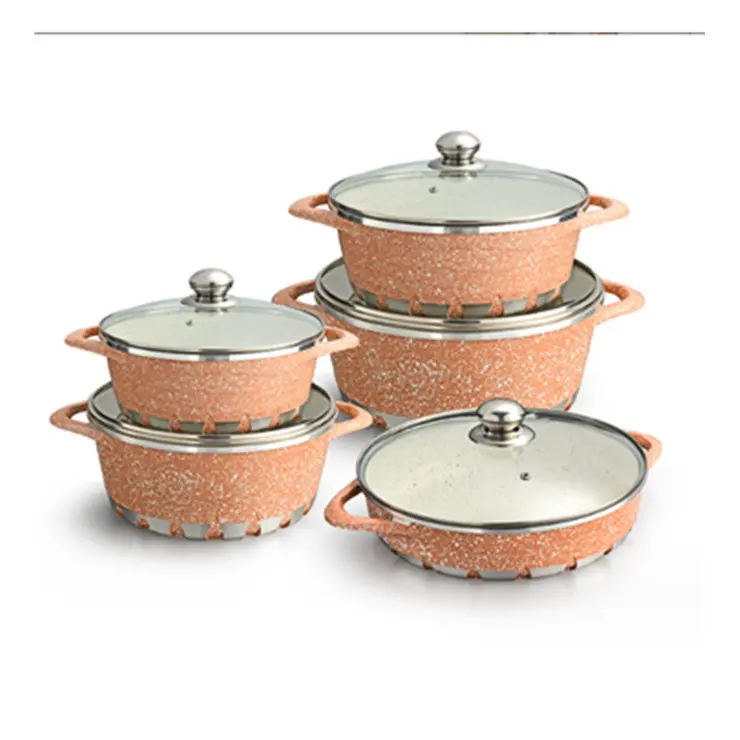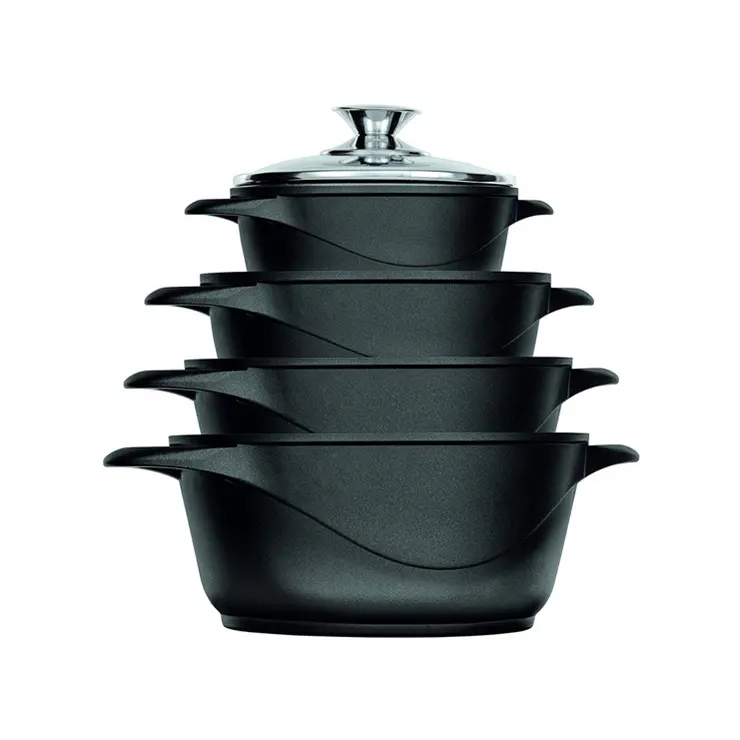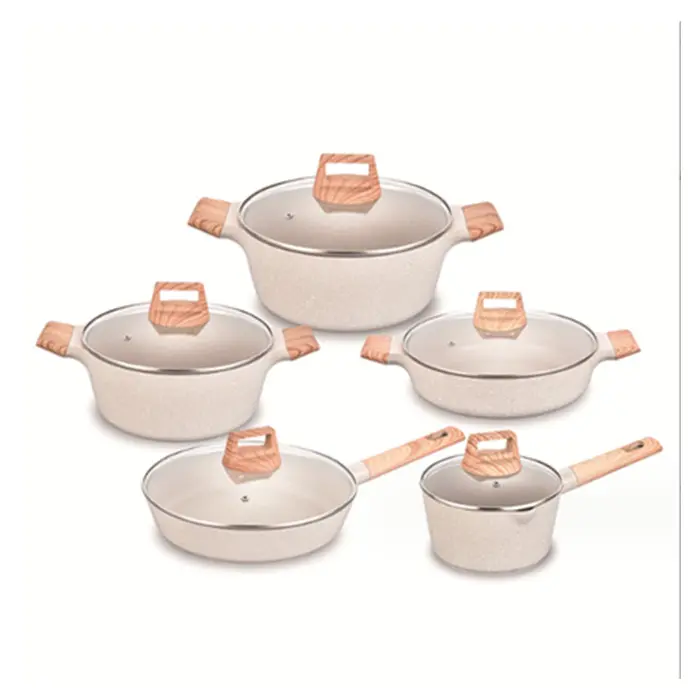How to choose a non-stick pan, three tips to become a kitchen expert
How terrible is it when food sticks to the pan? Not only does it seriously affect the taste, but the burned part is very unhealthy, not to mention how difficult it is to clean the pot. If this happens every time you cook, believing that cooking becomes a daunting task. Therefore, choosing a high-quality non-stick pan is extremely important for you who love food. Today, the editor will show you how to choose a good non-stick pan.

1. Coating
They are both pots, and the unique non-stick advantage of non-stick pots comes from the most important coating. The non-stick coating can effectively reduce the friction between the ingredients and the pot surface, allowing the ingredients to slide easily in the pot, which not only makes it easier to Cooking well and retaining the original flavor can also reduce the use of oil and make it healthier.
The most commonly used coating on the market is Teflon. This material is relatively stable, relatively low cost, high temperature resistant and corrosion resistant. However, the hardness is lacking, resulting in a short service life. Once the coating is damaged, people are more worried about whether it will be toxic, and the exposed pot body is also more susceptible to corrosion.
There are also ceramic coatings and rice stone coatings on the market. The appearance of ceramic coatings is very good, but it is relatively poor in acid resistance. Coatings with added minerals perform relatively well, such as rice. Wheatstone and sapphire, among others. Another high-quality material that is emerging is WERR's aerospace material. Not only does it have excellent non-stick performance, it is also very hard and wear-resistant. It is not easy to scratch off the coating and has very good durability.
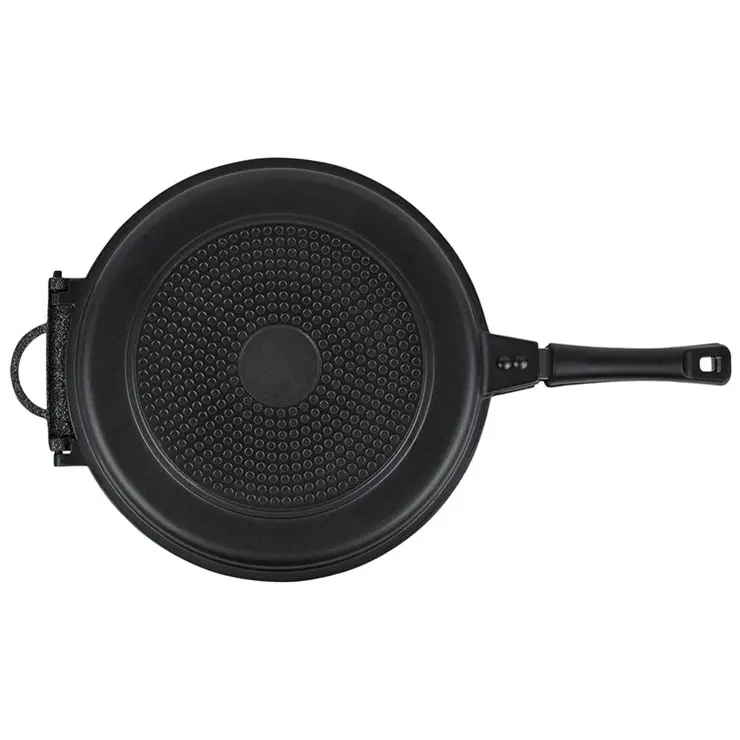
2. Pot body material
The material of the pot body under the non-stick coating is related to thermal conductivity and durability. Generally speaking, the pot body material has four basic materials: iron, aluminum, stainless steel and alloy steel.
Iron is relatively thick, and if the coating wears off, it is more likely to rust and be corroded by acids and alkalis, so its lifespan is shorter. Both stainless steel and alloy have the advantages of acid and alkali resistance, no rust, and high temperature resistance, but they are more expensive. Aluminum is relatively light and conducts heat quickly, which can reduce the weight of the pot and make it much easier to lift a spoon. The body of the non-stick pan is not limited to one material. When used in combination, each one can take advantage of its strengths and complement each other, resulting in better quality.
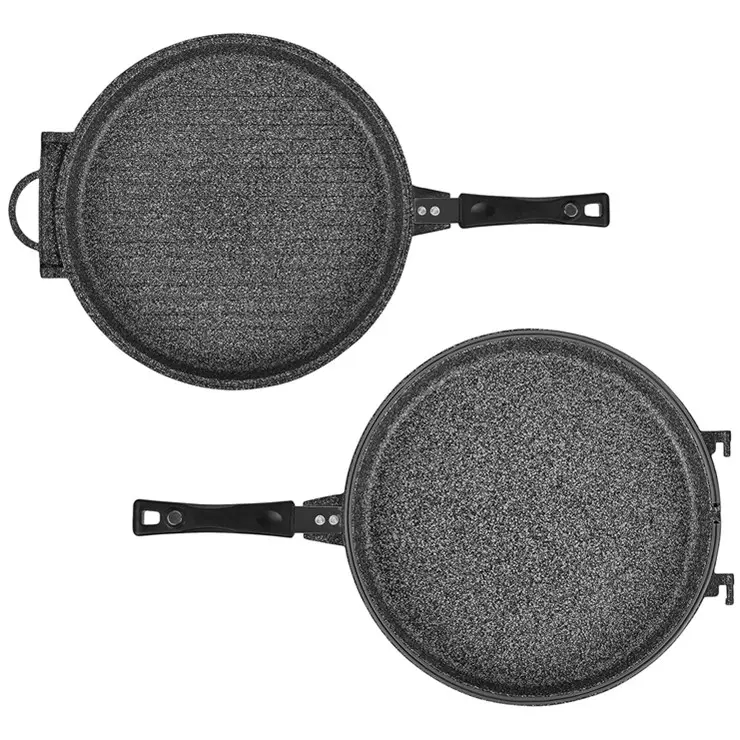
3. Manufacturing processIt is not only the material that affects the quality, but also the manufacturing process of the material. There are three main mainstream ones: stretched pots, imitation die-cast pots, and die-cast pots.
The stretching pot process is the simplest and the lowest cost. It is made by using aluminum sheets and stretching them with a stretching machine. The body of such a pot is very thin and will easily deform after being burned for a long time. Compared with the stretched pot, the thickness of the aluminum sheet of the imitation die-cast pot is increased and the process is improved, but the principle is still the same. The die-casting pot is currently used by major manufacturers. The aluminum ingot is melted into aluminum water, which is then injected into the die-casting machine and formed into one piece through the mold. The pot made by this process is thick, evenly heated, and will not deform, so it is the first choice.
Until you buy the right non-stick pan, you never know that cooking can be so easy and simple, taste good, and wash the pan is so easy. Food is meant to be enjoyed, so don’t embarrass yourself and go pick a high-quality non-stick pan.

